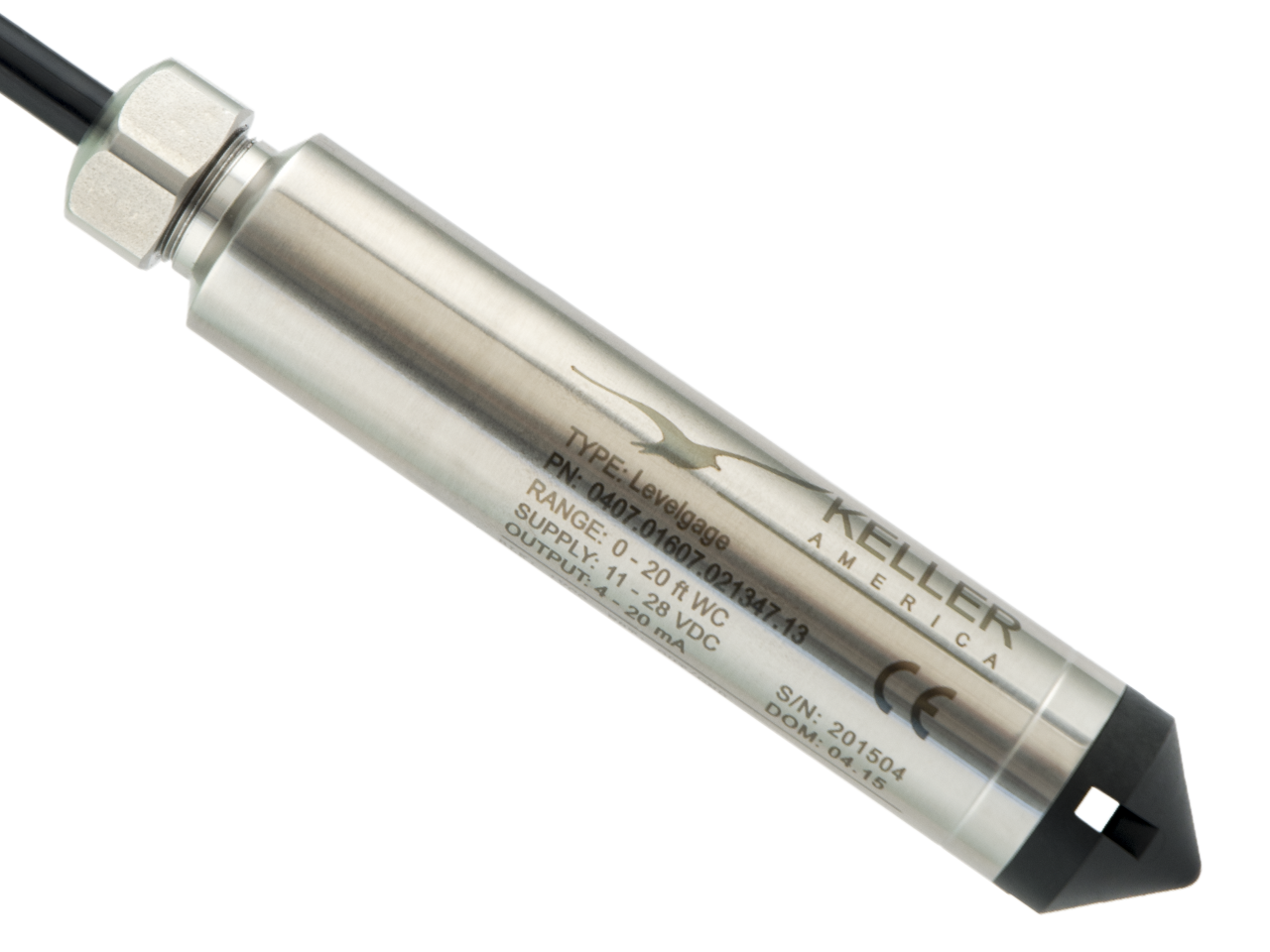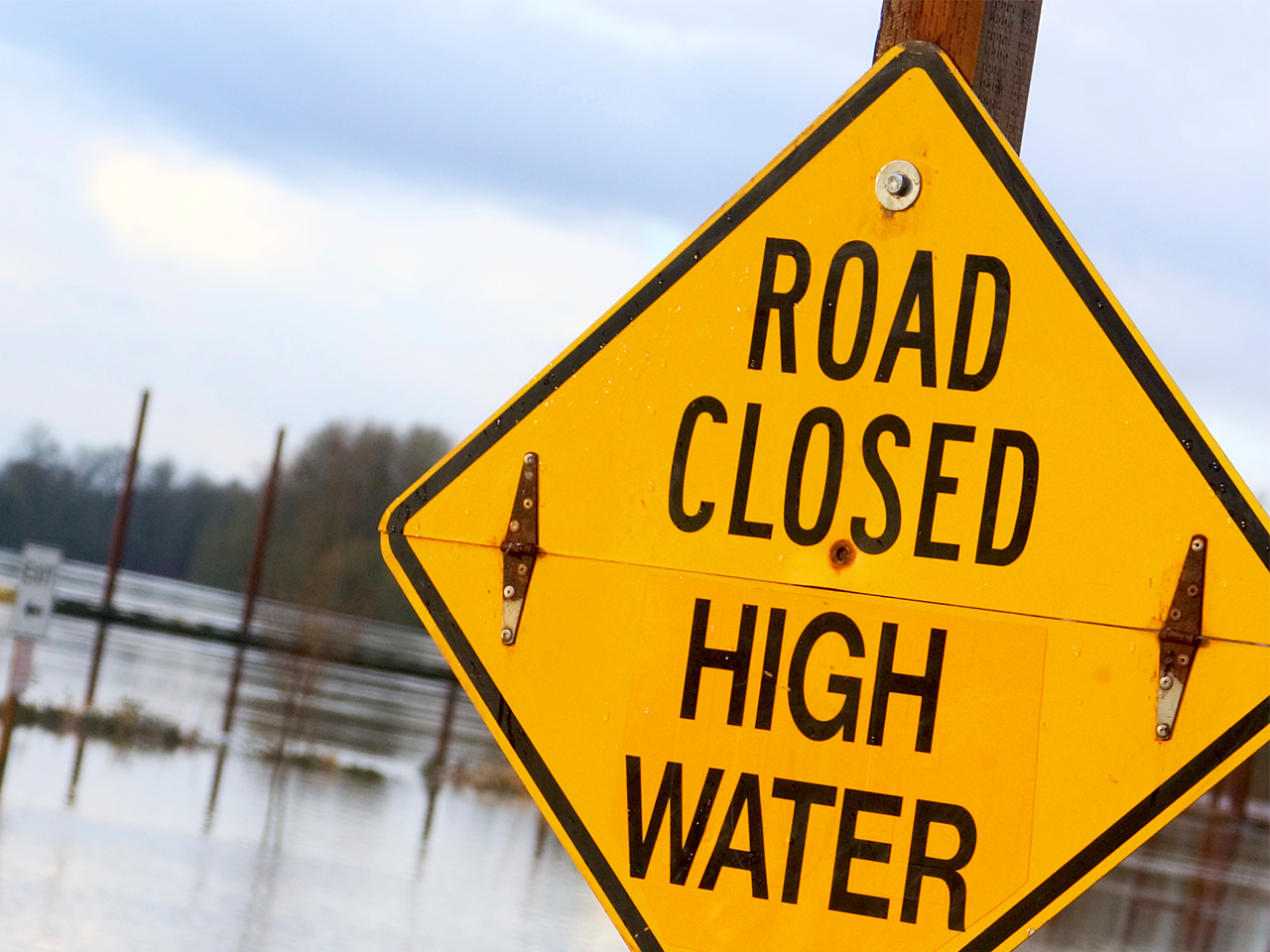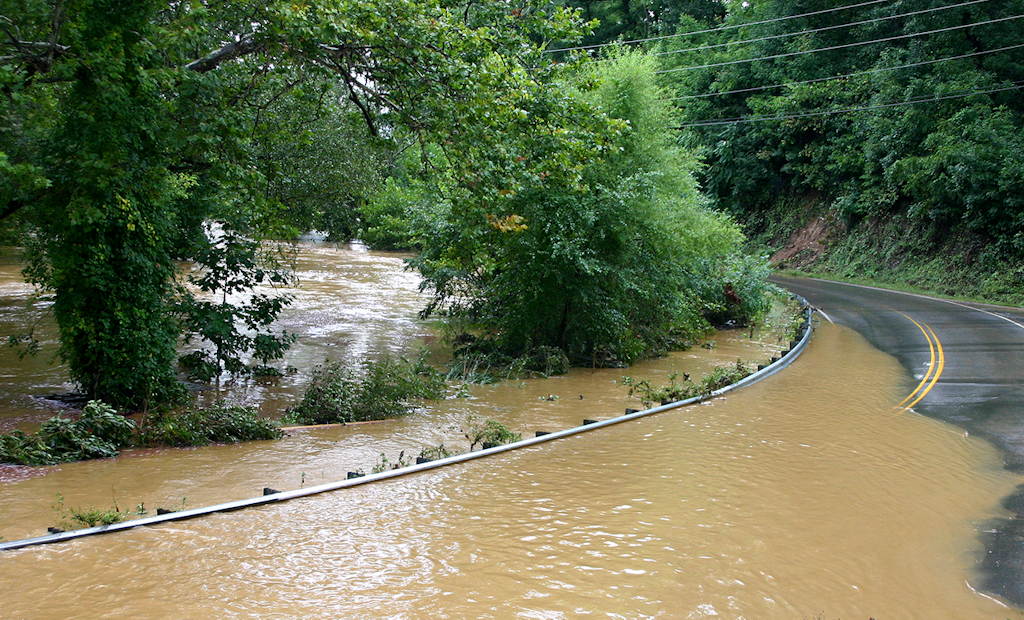Interested in Instrumentation?
Get Instrumentation articles, news and videos right in your inbox! Sign up now.
Instrumentation + Get AlertsWe have all seen the photos on the news: a driver has misjudged the depth and force of the water covering the road and now is at risk of losing his life, clinging to car tops or tree limbs while rising water rushes around him, rescue workers trying desperately to perform a rescue in treacherous and unpredictable conditions.
Naturally, we all hope for a successful rescue. But whether the rescue is successful or not, the truth is that the equipment and man-hour costs to the municipality can be overwhelming. Fortunately, technology exists that makes detecting rising water conditions in roadside drainage ditches possible. By effectively monitoring water levels in roadside drainage ditches, emergency situations where a road is washed over can be avoided.
Submersible level transmitters can be installed in roadside ditches to monitor the water level from the bottom of the ditch to the crown of the roadway. These transmitters, connected to telemetry equipment, relay information to a monitoring station. By knowing the distance from the bottom of the ditch to the crown of the roadway and closely monitoring the water levels in the ditches, public safety officials can determine when a wash-over is about to occur and dispatch crews to block off a section of the roadway, preventing disaster.
How the level transmitter works
Submersible transmitters operate by measuring the hydrostatic water level, i.e., the height of water above the sensing diaphragm. These instruments incorporate signal conditioning circuitry providing an output signal proportional to that water level, thereby providing meaningful information to be sent to the monitoring station. While several output signals, analog and digital, are available, the 4-20 mA analog output is an industry standard because it is less susceptible to electrical noise or interference and can be used over longer runs of cable. These instruments can be buried in roadside drainage ditches to monitor water levels.
The output signal can be relayed through a variety of available telemetry options to a remote municipal site. At the municipal site, the water level information is fed into a display with programmable alarm capability. The alarm can be set to activate before the water reaches the level of the roadway, alerting municipality maintenance personnel that a section of road should be barricaded as wash-over is imminent.
Ensuring optimal transmitter performance
Ensuring optimal transmitter performance begins at installation. Making a small sand and gravel pit for the transmitter to lay in makes the installation friendlier to the transmitter. The transmitter is placed under approximately 3 inches of sand that is then covered by 6 inches of gravel. All installation personnel should understand the importance of handling the instrument properly. Great care should be taken to ensure that the cable does not become cut or damaged, bent at too great a bend radius, or run around rough or sharp edges as a damaged cable could render the instrument inoperable.

The sensing diaphragms in level transmitters are incredibly important but fragile. Effects of a damaged diaphragm range from inaccurate data to transmitter failure. All efforts should be made to ensure that small rocks, sticks and other debris cannot make contact with the diaphragm surface. Level transmitters with “open-faced” designs, while suitable for standard clean water and wastewater environments, would likely not prevent debris intrusion during rain events when the soil becomes saturated.
When choosing a level transmitter, be sure to choose a model with a suitable diaphragm or a model with a diaphragm suitably tough for incidental contact. The ideal nose cap will include holes which allow the liquid to percolate through but keep all debris away from the sensor diaphragm. During installation, this can be a big advantage because the cap is instrumental in protecting the sensor diaphragm during the burial of the transmitter.

Since electrical noise can keep the transmitter from delivering an accurate signal to the monitoring station, it is important to keep this noise to a minimum. Select a transmitter that provides 4-20mA signal output, and be sure that the transmitter is CE-approved for electromagnetic interference. If possible, plan the installation such that the source of the noise is removed altogether. When this is not possible, place the transmitter as far from the source of noise as feasible. Securing the cable shield to a good earth ground also is essential.
Once installed, a variety of occurrences may compromise the ability of the transmitter to gather and relay accurate data. For example, voltage spikes can prevent the transmitter from delivering an accurate signal. To avoid these voltage spikes, or lessen the damage they cause, the cable shield should be connected to an earth ground as near as possible to the transmitter. It is also a good idea to purchase a level transmitter that includes surge protection, as this will handle typical spikes that might come in through power lines as well as surges that travel through the ground when lightning strikes nearby.

As municipalities research roadside monitoring needs in their communities, they should consider the frequency with which flooding occurs and evaluate the risks to life and property damage costs. In most cases, the short-term cost of investing in a roadside water level monitoring system is far outweighed by the long-term benefits it delivers. Submersible level transmitters provide an easy, cost-effective and reliable means of preventing a situation that can prove to be dangerous or even tragic.






